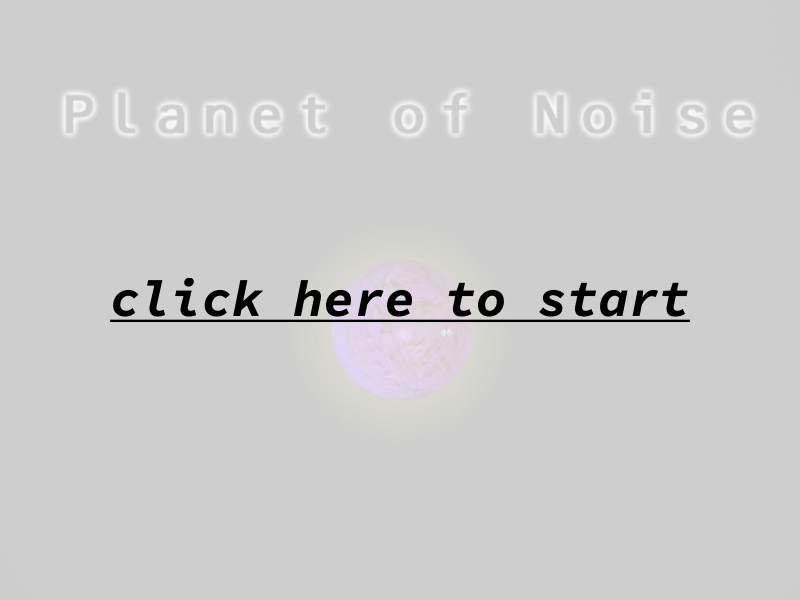Artist Biographies
Brad Miller is an artist, educator, researcher and curator. He lives and works in Sydney. His artistic practice bridges the fields of media arts, experimental design studio, participatory urban media architecture, software development and expanded photography; Installations include: ‘augment_me’ (2009) Artspace, Sydney; ‘data_shadow’ (2011), Cockatoo Island, Underbelly Arts Festival; ‘plasma_flow’ (2012), Cleland Store, Sydney and Museum of Digital Arts, CMoDA, Beijing; ‘mediated_moments’ (2012), China Millennium Monument Museum of Digital Arts, CMoDA, Beijing; ‘#capillary’ (2013), ISEA2013, UNSW Galleries, Sydney; ‘le_temps’ (2013), Re-new Digital Arts Festival, PB43, Copenhagen, Denmark; ‘Journey through Dashilar’ (2016), Beijing Design Week, PRC; ‘being watched’ (2018), Post Life, Beijing Media Arts Biennale, CAFA Art Museum, PRC; ‘starry_nigh’t (2019), 5th Art and Science International Exhibition, National Museum of China, Beijing.
Born in Newcastle NSW in 1961, McKenzie Wark lived in Sydney from 1980 to 2000 and in New York City since then. She is the author, among other things, of ‘A Hacker Manifesto’ (Harvard University Press 2004), ‘Gamer Theory’ (Harvard University Press, 2007), ‘The Beach Beneath the Street’ (Verso, 2011), ‘Reverse Cowgirl’ (Semiotexte 2020), ‘Raving’ (Duke University Press, 2023) and ‘Life Story’ (Hanuman Editions 2024). She is the subject of a short film, also called ‘Life Story’, by Jessica Dunn Rovinelli (100 Years Films 2024).




